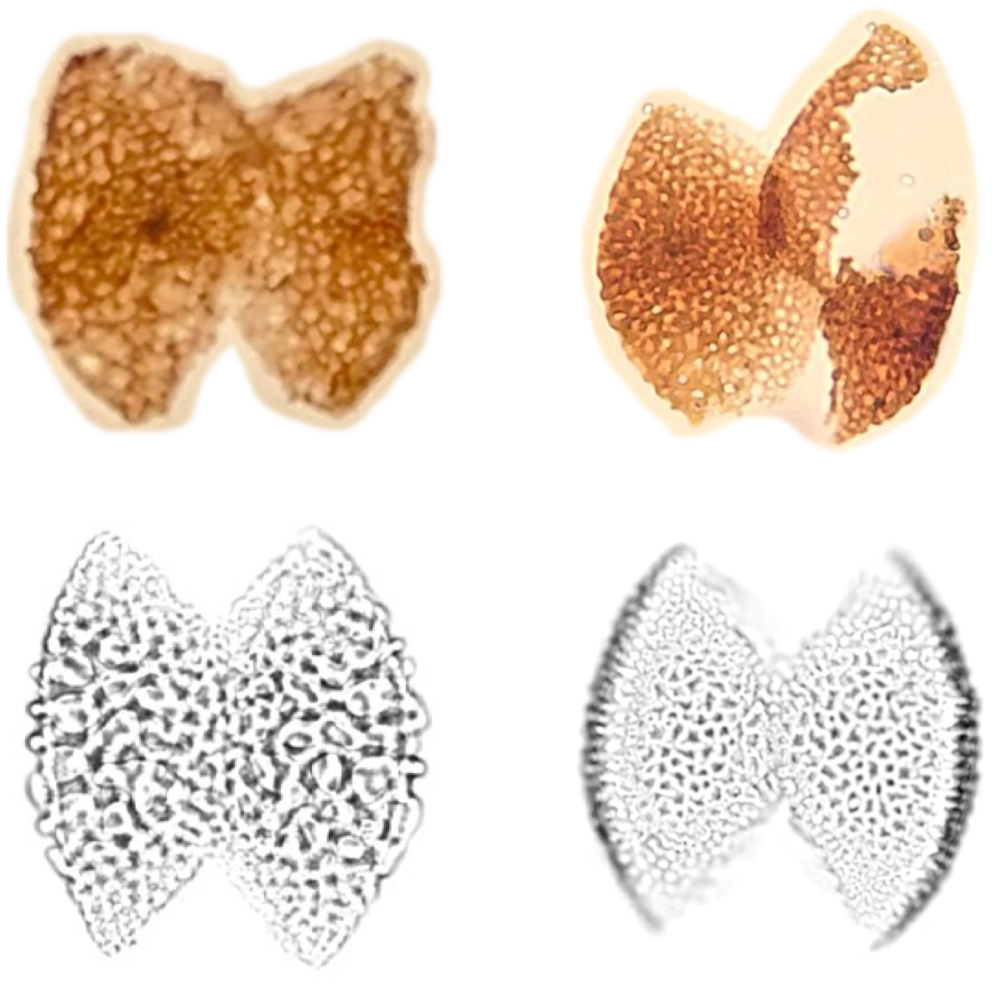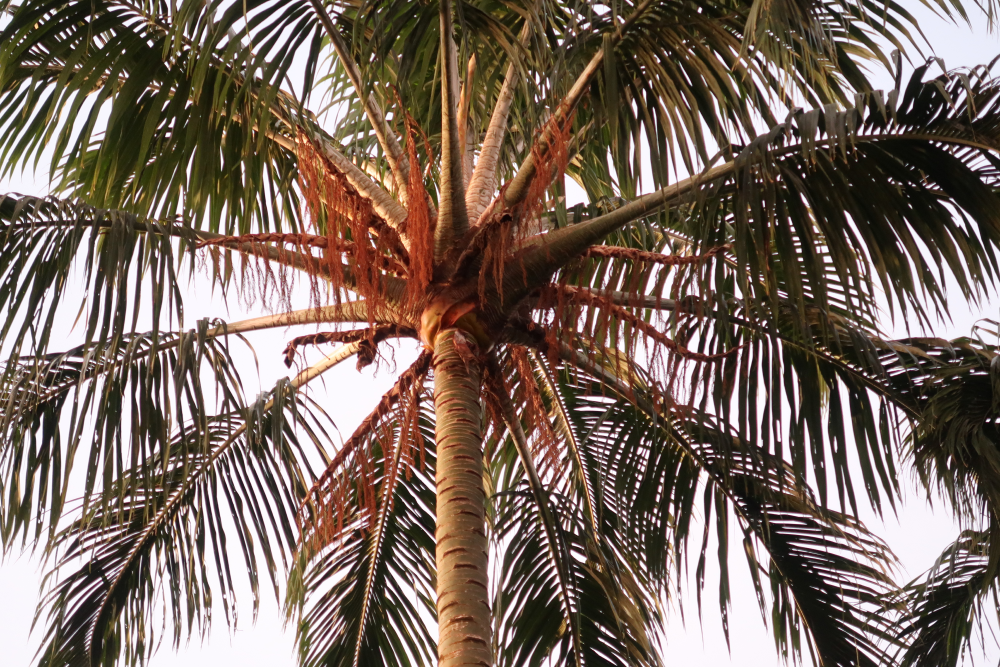Two newly discovered prehistoric pollen fossils have become the stars of a new study that explores the origins of the biodiversity seen in one of the most species-rich places on Earth – the Asian tropical rainforests. Spanning 8,000 kilometers (4,971 miles) with over 20,000 islands that are home to 50,000 plant species and 7,000 vertebrate species, we don’t need to convince you that it’s a hotspot for biodiversity. What we haven’t known until now, however, is why.
ADVERTISEMENT
“Where does biodiversity come from? It’s a question many generations of biologists have spent their time thinking about,” said study author Dr Benedikt G. Kuhnhäuser in a statement. “We still understand very little about how plant and animal diversity became so rich in certain areas, such as tropical rainforests, and what causes it to spread as it does.”
Understanding the source of biodiversity is crucial for maintaining it, so Kuhnhäuser worked with a team of researchers from the Royal Botanic Gardens, Kew, and global partners to address the big question by looking at rattans – climbing palms predominantly found in tropical Asian rainforests. They used DNA sequencing technology to analyze herbarium specimens from across the globe and create a tree of life that shows how they are related to one another.
They then combined this tree of life with data from the analysis of two 90-million-year-old pollen fossils discovered 1,930 meters (6,332 feet) below ground in New Guinea. These fossils were also rattan palms, and there’s a good reason they were found so far underground.

Fossil pollen of rattan palms (top row), with highly similar pollen of modern-day rattan palms (bottom row) for comparison.
Image credit: Chris Bates and RBG Kew
“The pollen was found by co-author and palynologist/pollen expert Chris Bates, and identified by Robert Morley, who is also a co-author,” Kuhnhäuser told IFLScience. “When companies drill for oil, they often employ palynologists to look at the pollen assemblages at different depths to reconstruct the vegetation that lived in a given geological layers.”
“In practice, this means that palynologists do the time-consuming task of counting pollen grains at different depths and determine which species they belong to. When doing this work, Chris noticed some incredibly rare pollen grains at around 1,800-1,900m [5,906-6,235 feet] below ground. These pollen grains are the two new pollen fossils described in the paper.”
This dataset made it possible to trace the evolutionary history of these climbing palms, revealing that different islands played distinct roles in biodiversity formation. Borneo, for example, was instrumental as a generator and distributor of species. New Guinea rustled up new species in isolation but didn’t influence other parts of the Asian tropics, while Sumatra acted like a corridor that enabled the spread of diversity.

The rattan palm relative Pigafetta filaris.
Image credit: Benedikt Kuhnhäuser
These insights offer a new framework for understanding where biodiversity comes from, and why the Asian tropics exhibit such a mixed bag of old and new.
“Biodiversity of the Asian tropics has an incredibly dynamic history that includes ancient origins, complete extinction and re-colonisation in some regions, and recent diversification that led to the high diversity of rattan palms that we see today, with different islands playing different roles in this diversification,” said Kuhnhäuser to IFLScience. “The fossils show that rattan palms and relatives are at least 93.9 million years old, indicating that rattan relatives lived at that time in the region of what is now New Guinea.”
“However, about 90% of modern-day rattan species originated within the past 30 million years, spreading from Southeast Asia across the entire Asian tropics, with the island of Borneo playing a crucial role in generating and distributing new species. And the rattan flora that can be found on New Guinea goes back to colonisation events that happened only about 20 million years ago. This indicates that New Guinea’s rattan flora went intermittently completely extinct and was then later re-colonised,” Kuhnhäuser continued.
“I find this juxtaposition of extremely old origins of the ancestors of the palms but the quite recent origins of modern-day diversity really fascinating.”
ADVERTISEMENT
The study is published in the journal Science.
Source Link: 90-Million-Year-Old Pollen Fossils Reveal Origins Of Asian Tropics’ Staggering Biodiversity